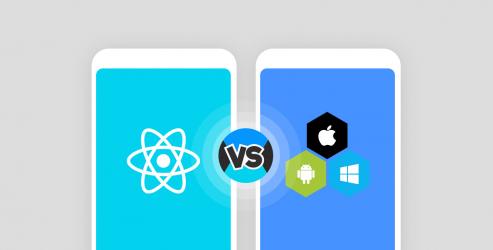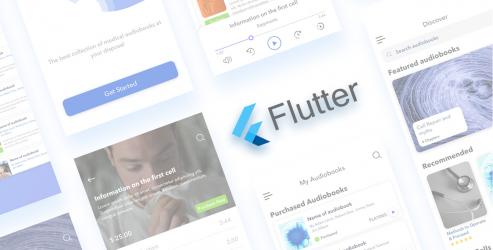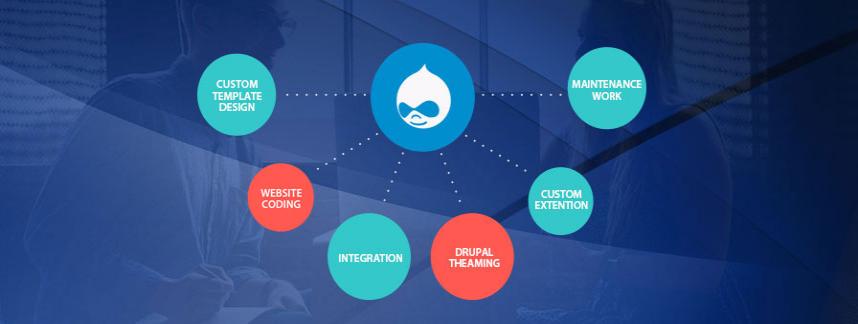
On an average, a mobile consumer owns 36 apps. He or she spends 72 hours/month with them. However, only nine apps or so are only used by him or her on a regular basis, claims eMarketer. The rest stay idle or rarely swing into action. There are two possible interpretations. First, 75% of the businesses hardly succeed or fail to derive a return on their mobile app development investment. Second, designers or mobile app developers working independently or with a mobile app development company either lack the skills or are not serious in their business.
What Are the Factors Behind?
Of the various factors influencing app usage, app retention, and customer?s loyalty, UI (User-Interface) is, unarguably, the most important one as it contributes significantly to the user experience (UX). Apps that don?t possess easy-to-use UI or fail to deliver seamless UX are often deleted or uninstalled. Thus, UI and UX are inter-connected aspects and, together, they decide the success of an app.
UX has got a more significant connotation. As the term denotes, it?s the whole perception that a user develops not just about the app, but also about the brand and the people behind it in totality. So, taking the ownership of the app and making it available to your prospects/customers is the most responsible job as it?s about telling them how caring you are. Remember, today, an app is no less than a brand ambassador.
You will like reading this: Mobile User Experience Mistakes That Derail Fundraising Campaigns
The Sense of Responsibility
While designing mobile UI-UX is a responsible job as it?s about connecting the user with the app or brand, coding the app is a more accountable task as it?s corroborating the design with the functionality. And when done for renowned platforms, like Android and iOS (the duo occupies the 96.7% of the mobile operating system market share as per comScore), the sense of responsibility automatically touches a new high.
Hence, either you are planning to invest in an employee-facing enterprise app or a customer-facing enterprise app, you have to do justice to their expectation. At Root Info Solutions, we keep on analyzing the mobile app development trends and customer insights.
What your Users Expect from Your App
Mesmerize Me
1. Delight me in surprising ways
Whether it?s a background, animation on it, or a sound tuned with the animation, everything should entice users and compel him or her to do more and stay engaged with the app. The design elements should strike a chord with the user and allow him or her to have the impression that they are at the right place.
2. Let me stay in real world
Users love real experience. They want to touch objects that are practical in nature. Hence, designers should prefer real objects in their works over buttons and menus. Real objects connect with users in a better way and help them do more without putting stress on their grey cortex.
3. Let me make it mine
From kitchen to dress, today everything is personalized. Is your app following the suit? Let users have a say in how an app looks and behaves on their device. So, your mobile app designers and developers should read the interests and preferences of users and provide tools and features to let them customize your apps the way they want. However, this should in no way hamper the usability and performance of the app.
4. Get to know me
Urge your designers and mobile app developers to focus on creating cognitive apps that remember and understand what users are interested in, what their preferences are and deliver the right experience to users. Doing so, actually, you cultivate a win-win strategy. Users' journey through your mobile app becomes smooth. It helps them save time and pursue their goals effortlessly. And, this signals a better prospect for you as well.
You will like reading this: What One Billion Users Expect from an iOS App Development Company Today
Simplify My Life
5. Keep it brief
Simplicity is an attribute of beauty. Users love short phrases and simple words. Don?t expect them to spend time and interpret your bombastic words or terms used in your app?s menu or other in-app content. Convey the app?s purpose, your brand mission, and vision in a simplistic way.
6. Pictures are faster than words
A picture speaks a thousand words. This clich? term rules the arena of mobile app development as well. It?s easier for you to gain the attention of your audience with a picture than using words and sentences. I won?t write much, I know you are no different.
7. Decide for me but let me have the final say
It?s good to offer users with suggestions or options, but wrong to compel them to choose one particular. Even if they have made a choice, they should have a way to make a U-turn the moment they want. In case, you are offering any onboarding guide in the app, make sure you don?t dictate users. Today consumers prefer to explore the app features by themselves.
8. Only show what I need when I need it
Users are not computers, perhaps, they are living machines. Don?t bombard them with too much of information, picture, suggestion, ideas or anything. Let them find it in small, digestible chunks. Keep options that are less relevant out of their eyes and let them reveal one by one.
9. I should always know where I am
Let users have a clear understanding of their whereabouts. The choice of moving forward and backward should be visible in every section of an app to let users have more control over what they do.
10. Never lose my stuff
Remember, you were submitting your tax details using your phone, but just a second before when you were about to submit it finally for the assessment, you received a notification on your messenger or FB, and couldn?t hold yourself from visiting the page. But when you returned, you found your tax form expired, and information that you entered lost. Would you like your app users to go through the same trauma? Indeed, you won?t. Hence, let users retrieve information what they save with your app quickly and easily.
11. If it looks the same, it should act the same
Don?t play gimmick with users. Let them see no difference in what your app says regarding design and how it behaves. Correlate visuals with functionality and let users seamlessly move within your app.
12. Only interrupt me if it's important
Let your app work as a good personal assistant, allowing users to do what they want and suggesting them with the right steps and tools when required. Don?t let your app make unnecessary interruption; it would only contribute to their frustration. And, that is neither good for your client, nor for you.
You will like reading this: AI Voice User Experience: The Next Battlefield
Make Me the Boss
13. Give me tricks that work everywhere
People love shortcuts that do wonder. Hence, let your users leverage such tricks to browse your app, seek information that they need and take actions that they want. Providing them with universal shortcuts like swipe and tap gestures is one such way. Also, visual patterns of the app should explain a lot to users regarding its features and capabilities.
14. It's not my fault
Remember, the school day?s dictum: to err is human, to forgive is divine. Yes, it does make sense here. Guide users when they go wrong. Let them have a clear understanding of the recovery options as well. Avoid using technical jargons in the instructions.
15. Sprinkle encouragement
Encourage them and let them accomplish their jobs quickly and easily. If a task is complicated, consider breaking it into smaller sections. Providing feedback to users is an excellent way to let them be on the right track.
16. Do the heavy lifting for me
With complete simplicity let novices derive amazing results from what they do. Make them feel like a veteran. This experience would make them a loyal customer.
17. Make important things fast
Actions required in using an app has to be prioritized and should be made it easier for users to take or manage actions that are most vital. For instance, if you have built a media player, it must give the ?play? and ?pause? options on the front.
The Bottom Line
Though we have covered some vital points, it?s hard to compile all the expectations in one go. Considering the rising marketplace competition, entrepreneurs and their key decision-makers must focus on elevating the user experience consistently.
Chasing the customer?s expectation is a challenging task. It demands recruitment, management, and retention of a skilled workforce and investment in the best DevOps principles, practices and tools, which, if followed, will lead to an unexpected increase in the TCO (total cost of ownership) budget.
Fortunately, at Root Info Solutions, we have got the solution. You can hire a complete team to pursue your digital transformation ambition. We have skilled UI-UX designers, mobile app developers, quality analyst and project managers, who are ready to work for you on a project to project basis or hourly rate.











